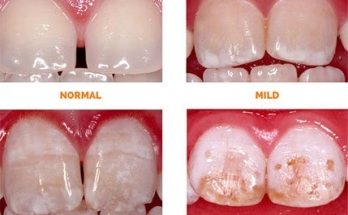The Philippine economy experienced a robust growth of 6.3% in the second quarter of 2024, according to data released by the Philippine Statistics Authority on Thursday.
This marks a significant increase from the 5.8% growth in gross domestic product recorded in the first quarter, with financial and insurance activities being the primary drivers of this expansion.
Earlier this year, the administration of President Ferdinand Marcos Jr. revised its GDP growth target for 2024, with the Development Budget Coordinating Council reducing the goal from 6.5%-7.5% to 6%-7%.
Despite this adjustment, the government is targeting a GDP growth rate of 6.5% to 8% by the end of Marcos’ term.
GDP, a key economic indicator, serves as a gauge of a country’s economic health and growth and measures the total value of all goods and services produced domestically.
The PSA report highlighted the following main contributors to the second quarter GDP:
- Construction: 16%
- Wholesale and retail trade: 5.8%
- Financial and insurance activities: 8.2%
- Industry: 7.7%
- Services: 6.8%
However, the agriculture, forestry and fishing sector experienced a year-on-year decline of 2.3%.
The PSA also found that it was Household Final Consumption Expenditure that drove up the GDP, with a year-on-year growth of 4.6% in the second quarter.
Government Final Consumption Expenditure also grew by 10.7%.
Additionally, Gross National Income increased by 7.9% and net primary income from the rest of the world grew by 24.7%.
Among top performers in Asia
Arsenio Balisacan, the socioeconomic planning secretary, said the Philippines delivered one of the best performances in Asia with its latest GDP growth rate.
“For East Asia’s economies that have released their second quarter 2024 GDP growth, we follow behind Vietnam at 6.9% while leading Malaysia at 5.8%, Indonesia at 5.0%, and China at 4.7%,” Balisacan said.
Balisacan said the GDP growth was driven by total investments, as evidenced by the double-digit growth in construction.
He acknowledged, however, that the performance could have been even more impressive if not for the increased inflation in July when it quickened by 4.4%.
“While these numbers are encouraging, our growth performance could have been even more impactful on all Filipinos if not for the high inflation and interest rates that the country experienced in the last two years,” Balisacan said.



